Birdwatching in Banff National Park: A Guide to Must-See Species
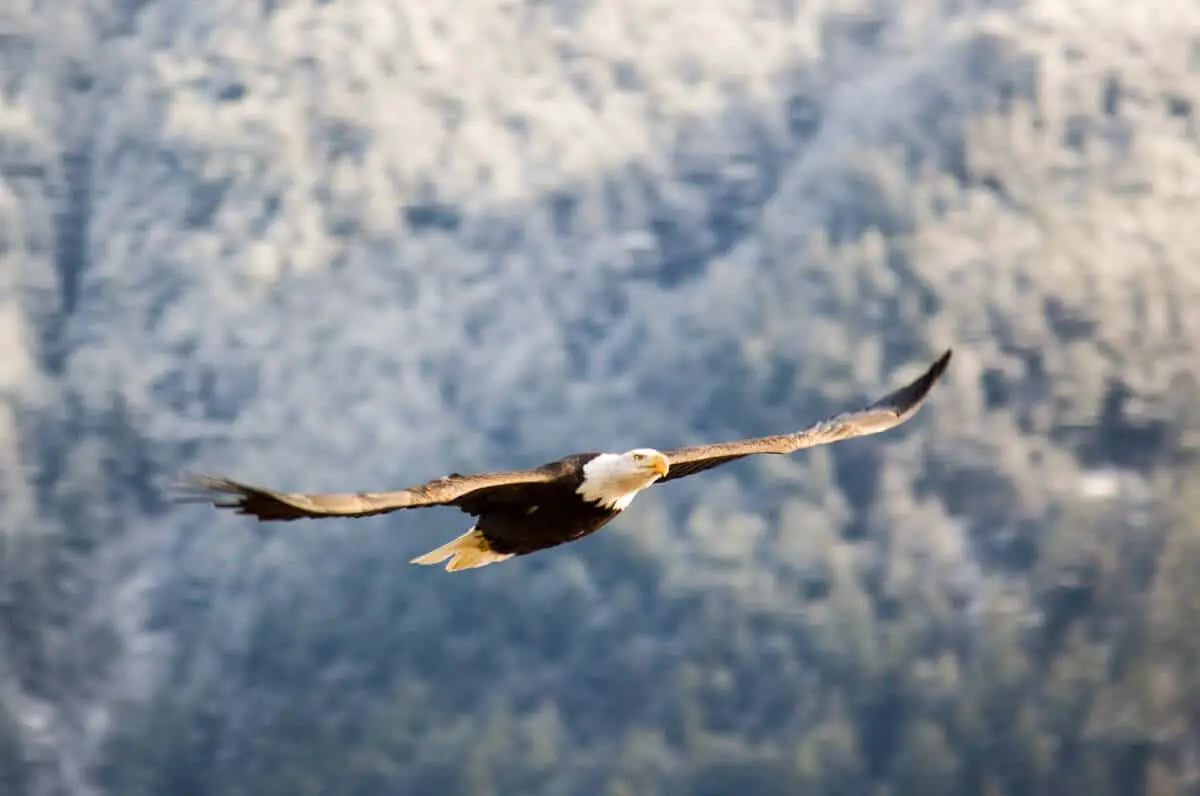
Banff offers a unique opportunity for birdwatchers as the park is home to over 260 (!) bird species. The montane and wetland habitats in the Bow Valley sure are excellent for birdlife! In this post, you’ll find all you need to know about birdwatching in Banff National Park.
While Banff National Park is primarily known for its big mammals, the park also serves as an ornithologist’s wet dream.
For most people, birds of prey like eagles, ospreys and falcons appeal most to the imagination. But bird species in Banff are so abundant that any birder can have the time of their life.
If you’re a first-time twitcher: you only need a pair of binoculars and a good field guide to help identify the bird species in the park, and off you go!
To get you started: an excellent birdwatching trail is the Lake Agnes Trail near Lake Louise, which has a 4.6-star rating on AllTrails.
With a 7.4 kilometers (4.6 mi) length and 435 meters (1,427 ft) elevation gain, it’s the perfect destination for ornithologists of all skill levels.
Wanna know all about what Banff National Park has to offer for birdwatchers? Good. Let’s dive in.
Best Time for Birdwatching
The best time for birdwatching is spring and early summer, more precisely: May until Mid-July. The best time is spring. The birds of Banff National Park start mating, displaying more vocalizations, and they are appearing in greater numbers at this time.
Going out between an hour before sunrise and around 9 or 10 in the morning yields an impressive variety of species. This is the prime time for bird activity, making it perfect for birders.

Birds are more abundant in the montane and wetland habitats of the Bow Valley because these areas provide them with various food sources and protection from predators. That’s why the Bow Valley’s habitats are the best spots to find unique species.
Regarding birdwatching locations within the park, the trails around the Banff Townsite and routes like the one going up to Mirror Lake and Lake Agnes are also good opportunities.
Top Bird Species to Spot
Listing 260 bird species in Banff National Park would go too far, so I selected the top bird species you can spot in various park habitats.
Waterbirds
While exploring the wetland habitats and the Bow Valley, you may come across many different kinds of waterbirds. Some of the most commonly seen waterbirds in the park are:
- American Wigeon
- Mallard
- Green-winged Teal
- Bufflehead
- Common Goldeneye
Make sure to visit Vermilion Lakes, which is a popular birding hotspot in Banff National Park. Find more about hotspots here.
Songbirds
The montane habitats and forests of Banff National Park are filled with beautiful songbirds. If you’re lucky, you might spot some of these species:
- Mountain Bluebird
- American Robin
- Hermit Thrush
- Yellow-rumped Warbler
- Pine Grosbeak
Birds of Prey
Banff National Park is also home to several impressive birds of prey. Keep your eyes peeled for these majestic creatures:
- Bald Eagle
- Golden Eagle
- Osprey
- Peregrine Falcon
- Red-tailed Hawk
Alpine Specialists
The park’s alpine areas provide unique bird species adapted to the harsh environment. Some alpine specialists you might encounter include:
- White-tailed Ptarmigan
- Gray-crowned Rosy-Finch
- American Pipit
- Horned Lark
- Clark’s Nutcracker
Prime Birdwatching Locations in Banff
Vermilion Lakes

Vermilion Lakes is one of the prime locations for birdwatching in Banff National Park, conveniently located just outside the Banff Townsite. There are multiple different species of birds found in this beautiful lakeside habitat. It’s known for bald eagle sightings.
The early morning hours before sunrise, up to 9 or 10 in the morning, is the best time for spotting birds here. Vermilion Lakes is easily accessible by car, but if you’re staying in the town of Banff, you can even walk there. It’s only a 15-minute walk from Banff Avenue.
At the bottom of this section you’ll find a map indicating the locations discussed here.
Lake Minnewanka
Another absolutely excellent birdwatching location in Banff is Lake Minnewanka. This stunning lake, also not far from the Banff Townsite, is surrounded by dense forests, providing ideal nesting and feeding opportunities for many bird species.
If you’re going there, try to explore the shoreline on foot or kayak (you can rent them at the lake in summer), which allows you to get closer to the birds in Banff National Park.
Sundance Canyon
Sundance Canyon is a picturesque location in Banff for birdwatching. The canyon’s hiking trail leads you through different habitats, increasing the chances of spotting several bird species during a single walk.
Cave and Basin Marsh
The Cave and Basin Marsh is a marshland located 2 kilometers (.. mi) west of Banff townsite on the south side of the Bow River, accessible from Cave Avenue. Several footpaths lead you through the forest to the marsh, where you’ll stumble upon a beautiful marsh boardwalk.

Residential areas in Banff Townsite
Surprisingly, even the town of Banff offers excellent birdwatching opportunities. The older residential areas, where streets are lined with pine, spruce, and poplar trees, are a perfect location to attempt to see birds. Spruce, willows, and marsh areas next to the horse barns on Cave Avenue are good locations.
Bow River
The Bow River section between Banff and Lake Louise is an excellent spot for birdwatching. While exploring the area, you can spot various bird species, such as the Bald Eagle, Osprey, and Harlequin Duck. The Bald Eagle, a symbol of America, can be seen perching on trees along the Bow River.
The Bow Valley Parkway (Highway 1A) nicely follows the river’s path. There are many pullouts and viewpoints where you can safely leave your car and grab your binoculars.
Johnston Canyon
Johnston Canyon in Banff National Park is an excellent spot for birdwatching. Here, you can spot various bird species, such as the American Dipper, Gray Jay, and the Golden-crowned Kinglet.
The American Dipper, also known as the water ouzel, can be seen bobbing up and down in the creek as it dives in search of food. The Gray Jay, also known as the whiskey jack, is a friendly bird known to eat from people’s hands.
The Golden-crowned Kinglet is a small, quick bird that can be spotted flitting around the trees. The best time to go birdwatching at Johnston Canyon is during the spring and summer months when the birds are most active.
Just know that Johnston Canyon is highly touristic, so expect huge crowds in summer. In other words: spring is a better time for birdwatching in Johnston Canyon.
Lake Louise
Lake Louise is not only a must-visit location in Banff National Park for its breathtaking views and turquoise waters. It also provides incredible birdwatching!
The diverse vegetation and rich habitats attract various species of birds. While visiting this iconic site, you’ll be bound to see birds soaring above the lake or nesting among the trees.
Lake Agnes Trail
While exploring the trail, you can spot various bird species, such as the Boreal Chickadee, Golden-crowned Kinglet, and Red-breasted Nuthatch. The Boreal Chickadee is a small bird that can be spotted flitting around the trees.
The Golden-crowned Kinglet is a quick bird that can be seen perching on the branches. The Red-breasted Nuthatch is a bird known for its unique call and can be spotted climbing up and down the trees.
The trail is relatively easy, so you can take your time and enjoy the birds along the way.
Birdwatching Gear
Unsure what to bring to your birding trip to Banff National Park? Below I listed some birdwatching gear that are a few must-have to make your experience more enjoyable and successful.
- Binoculars: A good pair of binoculars is crucial for spotting and admiring birds from a distance.
- Decent field guide: A field guide is a perfect [aid] for learning about the various bird species in the park.
- Spotting scope: For a closer look at birds and other wildlife, you can use a spotting scope to get detailed views.
- Birding Vest: Every serious bird watcher has their own birding vest. It’s used to carry the gear required for birding. You have many options for birding vests because they come in various sizes and styles.
- Brimmed hat: A brimmed hat is necessary to prevent the sun from hindering your view of the birds.
- Bird song app: A bird song app can help you determine what bird’s song you just heard. Good apps are song sleuth and ChirpOMatic.
- Comfortable clothing and footwear: As birdwatching may involve walking or hiking through various terrains, it’s highly advisable to wear comfortable, weather-appropriate clothing and footwear.
- Notebook and pen: Jotting down observations, sketches, or notes about the birds encountered can be a helpful and fun addition to the birdwatching experience.
Birdwatching Etiquette in Banff

Here are some basic etiquette guidelines to protect both the birds and the environment while birdwatching in Banff National Park:
- Keep a safe distance: Avoid getting too close to birds, especially during nesting season. Disturbing birds can cause unnecessary stress and potentially harm them or their offspring.
- Stay on designated trails: Venturing off the marked trails can damage the local habitat and increase the risk of disturbing birds and other wildlife.
- Respect other birdwatchers: Be considerate of other birdwatchers in the area by keeping noise levels low and being mindful of where you’re standing or pointing your binoculars or scope. Sharing exciting sightings with others is a great way to create a sense of community among your fellow birders.
- Leave no trace: Keep Banff National Park beautiful by taking all trash with you and not picking plants or disturbing the environment.
Bird Conservation Efforts in Banff
Conservation efforts are crucial for protecting the various bird species in the park. Parks Canada pays special attention to species at risk. Banff National Park is protecting all animals and plants within its boundaries and implementing measures to help species at risk.
Some efforts to help recover these species include locating and protecting critical habitats such as bat hibernacula, monitoring populations, and restoring grasslands and open forests, which are essential for many species at risk.
Conservation efforts are closely tied to ensuring the birds’ habitats remain intact. A report showcases the park’s commitment to resource conservation by engaging the assistance of citizen scientists, who help assess river and stream health. This is crucial for the park’s overall ecosystem as it directly impacts the birds and their habitats.
Birdwatching Tours in Banff
Unfortunately, there are no dedicated birdwatching tours for Banff National Park. However, some birders advertise themselves online as birdwatching pals. They welcome people to go birdwatching together in a specific area. Although this isn’t a tour in the strictest sense, it might as well be.
There’s a website that lists Alberta birdwatching pals. You can find it here. It allows you to contact ornithologists from all over the province. Lambert from Canmore is one of them.
I don’t know whether the information on this website is still accurate, but you might want to give it a try.


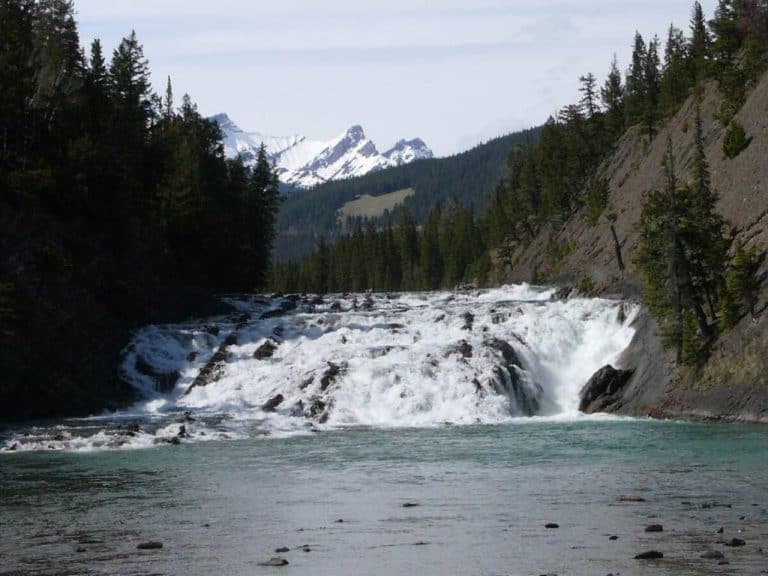
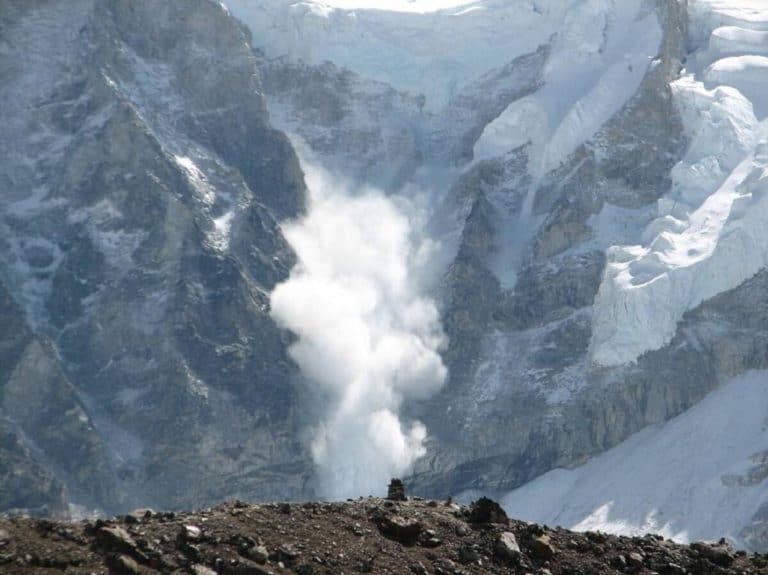

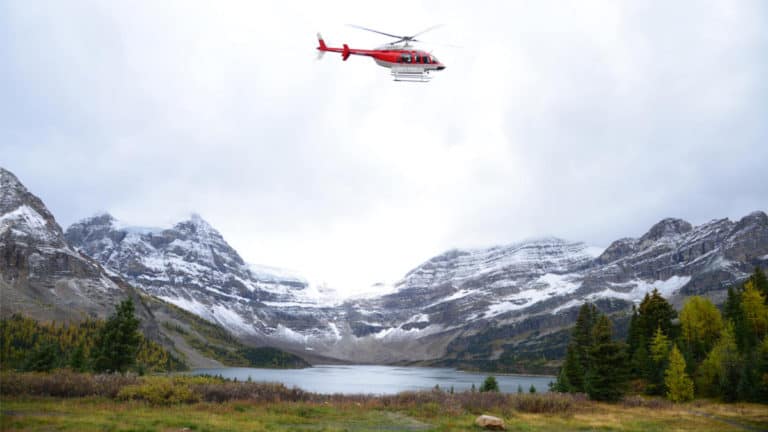
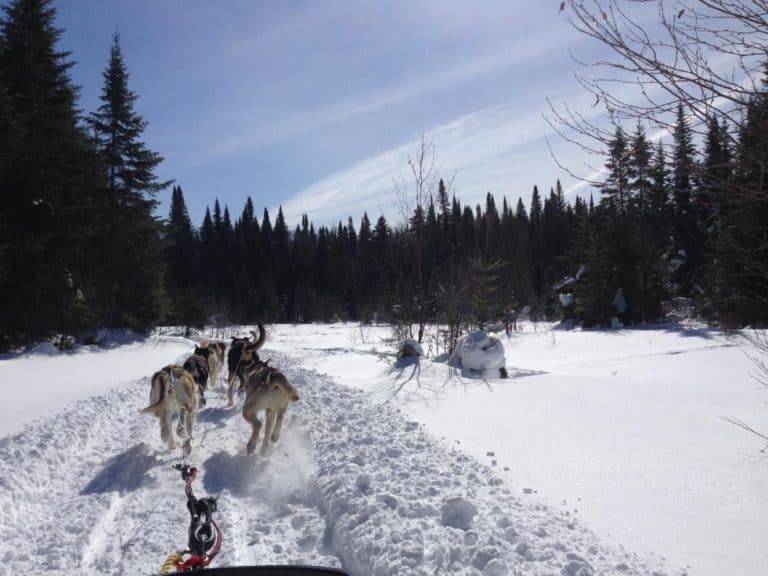
Hello Dan. I’m vacationing in Banff and reside in NJ. I am an avid bird watcher and love owls. My favorite is the Great Gray Owl. What are the chances of me seeing one there? Thank you.
Hi Jeff,
Spotting a Great Grey Owl in Banff is difficult as they blend in well with their surroundings and are generally not active during the day. They are there but I suppose you really need to look carefully.
Dan